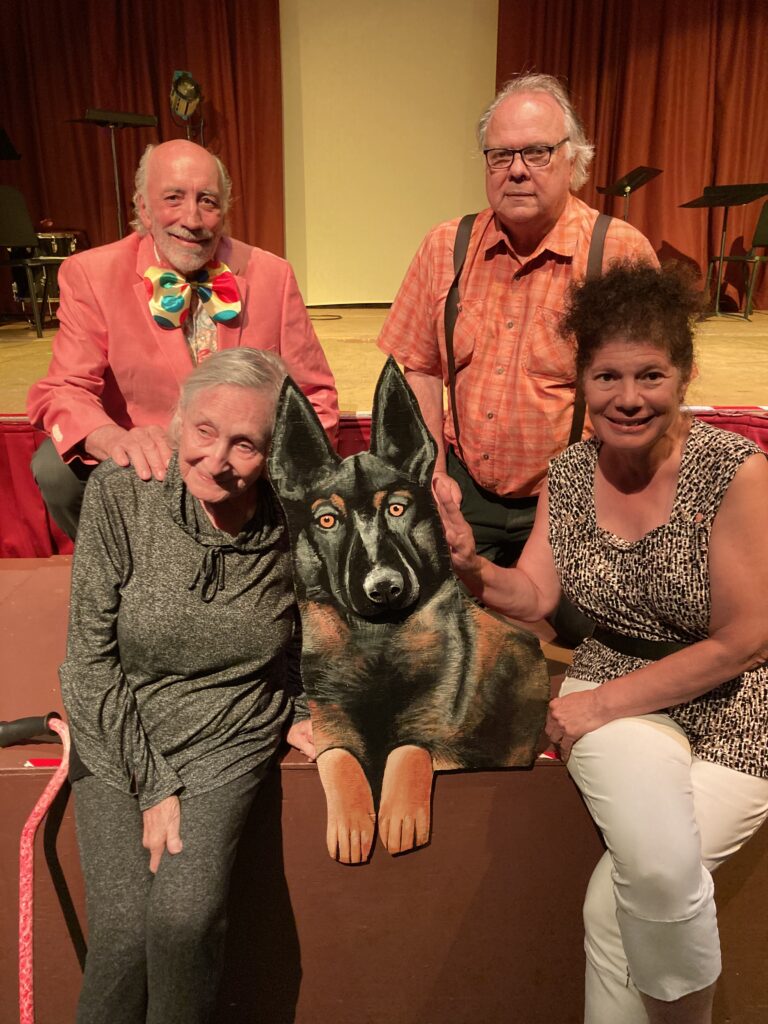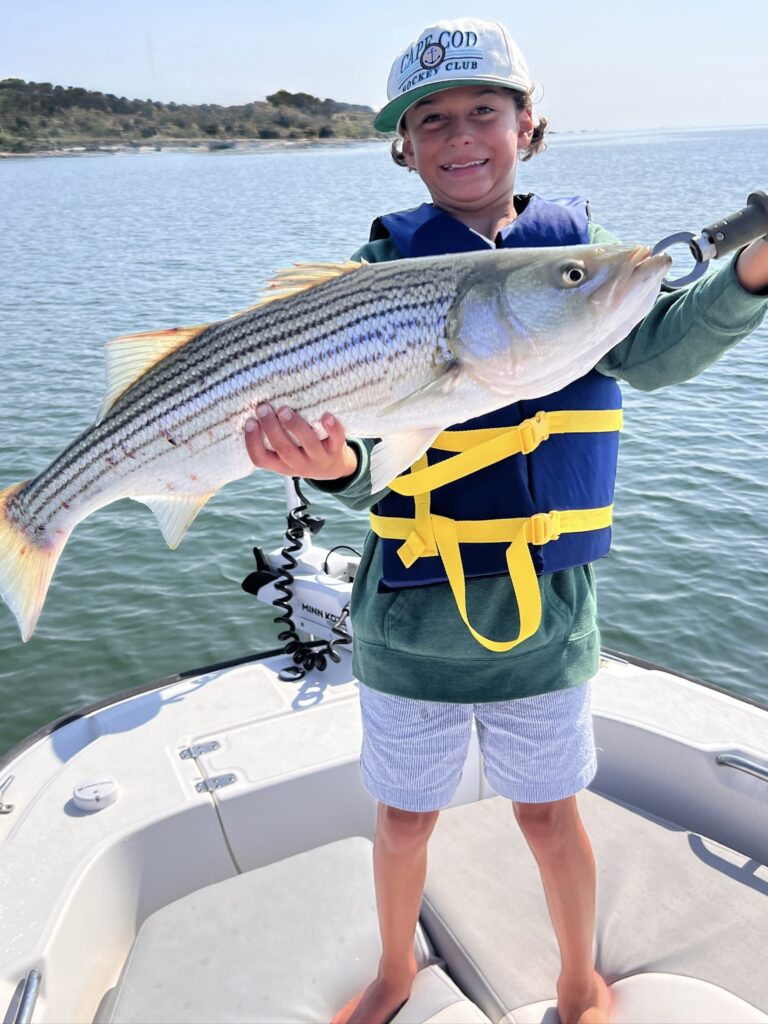Moving Forward column: When the news is too awful for kids

How do you tell a child that many children their age recently died in a flood? How do you discuss an airplane crash in India? How do you talk about children starving in Gaza? Should you?
This leads to the bigger question: When should kids learn that the world is scary? Those in Texas, Ahmedabad, and Gaza know it too well. But for children enjoying an idyllic summer on Shelter Island, should the name “Shelter” be the mantra?
As adults, the news is too frequently abhorrent, and I have written some articles about how we can bear it. But kids are living in this world too, and at some point, they will need to understand the despair that is all too prevalent.
Those of us of a certain age remember the Kennedy assassination. A later generation remembers 9/11. These were events that were not only impossible to shield kids from, but shaped the lives of many of them.
Of course, some kids are already exposed to life’s cruelties. Divorce, poverty, and the death of a parent or sibling shove children into personally traumatic situations. Coping with these situations is the subject of another column. But here I’d like to address at what age do you discuss current events and how do you discuss them.
An excellent New York Times article by Paul L. Underwood has some suggestions. After consulting with mental health experts, he learned it was best to wait until age 7. Jill Murphy, at Common Sense Media, says it’s never a good idea to share traumatic information with children under age 7 because they have a difficult time differentiating between what is real and what is not, and what is near and what is far.
However, despite parents’ best efforts to shield their kids from tragedies, in today’s media world that may be impossible. Schools are forced to conduct active shooter drills for young children, and even as much as they are told that the likelihood of these things happing is very small, obviously the possibility is there.
Murphy says that young kids mostly want to know if bad things will affect them. For example, if they see a hurricane on the news, they want to know that it’s not a threat to them. So, it’s good practice to assure them of that fact. But if they are in the path of that hurricane, it’s important to let them know there’s a plan to keep them out of danger and a grown-up will protect them.
Going to great lengths to shield them is not only impossible, but can also be unhelpful. According to the UK Mental Health Foundation, turning off the news or closing a web-page when a child walks into a room may only pique their interest. The facts of an event with assurances of safety are less frightening; hearing an adult’s sense of fear raises anxiety. And by giving them the facts, the parents have the ability to control the information flow.
Conversations should always be tailored to the child’s age. If there is more than one child, there should be different conversations depending on where the child is developmentally. For children older than 7, psychologist Tamara Soles suggests starting the conversation by finding out what the child has already heard. She gives the example of the California wildfires earlier this year, which were impossible to avoid if you lived on the West Coast. A parent might say, “I know there’s been a lot on the news — what have you heard?” This way a parent can start with where the child is and then tailor the information as appropriate.
Dr. Soles offers parents the opportunity to use the news as a vehicle for creating empathy. For example, a parent could say, “We are lucky that the fires are not here, but what do you think it is like to be in that situation and to lose your home?” A child can feel grateful that they’re safe, but also feel compassion for those who are less so.
For the little ones, when a conversation is necessary, many people still use the famous advice offered by Fred Rogers: “When I was a boy and I would see scary things in the news, my mother would say to me, ‘Look for the helpers. You will always find people who are helping.” These words were intended to let kids know that good people will take care of them.
When we adults are having difficulty processing tragic events, these conversations become harder. Just this past week, a mass shooting killed four people in New York City. This hit home to many of us, and I would suggest that any adult talking to a child must first acknowledge their own feelings — whether they be anger, sadness, helplessness, etc.
The Institute of Behavioral Science at the University of Colorado has written a fact sheet called “Talking to Children when Scary Things Happen.” Along with the adult acknowledging their own feelings, they make the following suggestions for parents, which I’ve condensed here:
• Get yourself grounded and calm first. Take some breaths, take a walk, or talk to a friend or relative.
• Before talking to a child, clarify your goal in the conversation. For example, you may want to give information, but at the same time, help your child feel safe. What information do you want to stress? What misinformation should you correct?
• Keep the conversation short. Multiple short conversations are better than long ones. A child may come back after the first conversation with thoughts and questions. Welcome them.
• Learn to be comfortable with silence. Their silence may mean they are thinking and processing information. There’s no need to feel that you must blanket silence with your own words.
• Help them to label their emotions. When they are young it is usually “sad, mad, and glad,” but as they mature, they are better able to express how they are feeling. Help them name the feelings, but always ask — never tell them what to feel.
• Validate those emotions. Let them know that they are normal and even let them know that you feel the same way.
Growing up is never easy and a big part of it is learning about sadness. Loss of innocence happens for children at different ages, whether it’s personal or about outside events. But love, caring, and thoughtful conversations are the cushions that kids and the rest of us need to protect us from the blows of the real world.
Nancy Green is a social worker and member of the Shelter Island Health and Wellness Committee.









